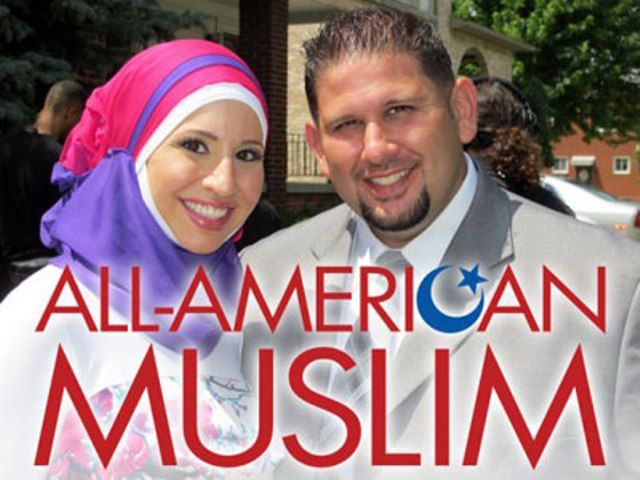Is there an ‘All-American Muslim’?

By Marwa Helal
The Learning Channel (TLC) recently aired the new reality television programme, “All-American Muslim”, amid a great deal of buzz both within and outside the Muslim American community. Set in Dearborn, Michigan, a city that is well known for its large Muslim and Arab populations, the series focuses on American-born Muslims and aims to answer the question: “What is it like to be Muslim in America?”
America’s Muslim population is diverse in ethnicity, class and religious expression. Attending a Friday prayer or better yet, an Eid celebration showcases this diversity at its best – Turkish Americans next to Bosnian Americans, next to Bangladeshi, Malaysian, Indonesian, Indian, Pakistani, Palestinian and African Americans –the list goes on. There are those who attend mosque regularly and others who show up to socialise during the holidays.
While TLC does not claim to represent all Muslim Americans, by focusing only on American Shia Muslims of Lebanese descent living in Detroit, and with a title that claims to speak on behalf of the “All-American Muslim”, the series certainly raises the question of whether it represents the experience of Muslim Americans in general.
The choice of those Americans featured in the show reflects a desire by the producers to represent many of the issues that Muslim Americans face, such as navigating family and religious pressures when it comes to interfaith marriage, or the pros and cons of wearing the hijab (headscarf).
TLC did an excellent job of portraying equal numbers of Muslim women who wear headscarves and those who don’t – a distinction that the average American may be oblivious to. However, their choice to use Arabs for the cast has frustrated many Muslim Americans because it perpetuates the misconception that Arab is synonymous with Muslim. Many Americans may continue to miss the point that there are considerable Arab Christian and Jewish populations on the one hand, and that in fact only about a third of Muslim Americans are Arab, on the other.
Regardless of the question of representation, the cast of the show certainly makes for good entertainment value. With some strong, dynamic female characters, viewers get a closer look at the oft-misconstrued role of women in Islam. The leading women include business owners and housewives, women in headscarves, and others with tattoos.
Chances are that many readers are as sceptical as I am about reality television. Research shows that reality television is not to be trusted – from casting to editing, there are many ways to shape the final product and manipulate viewers’ perceptions. But what is promising is that Muslim Americans are starting to be featured in all types of television programming – from reality television, to comedies, to the Food Network.
Perhaps this is the beginning of a new trend in the media. Perhaps giving greater, and more positive, exposure to Muslim Americans will foster a deeper understanding of how diverse a community it is and the many different roles Muslims play within American society.
I am growing tired of saying this every time I notice a fresh approach toward Muslims in American media, but I will say it again: this is a start. “All-American Muslim” does at least succeed in scratching the surface of a wide range of subcultures within the Muslim American community.
It succeeds in portraying the diversity in Muslim communities beyond the image of the veiled versus unveiled woman. It includes Muslims who both drink and sell alcohol (something that is prohibited in Islam) and those who do not, and portrays those who pray five times a day and those who do not.
If the producers of the show can manage to engage the community in constructive conversations about some of the issues our community has not yet resolved – such as how some Muslims identify themselves as Muslim, though they do not practice or go to the mosque – that in itself would be an achievement.
The show is a potential gateway for Americans to see the stunning diversity within a faith that is often portrayed negatively in the media. Here, viewers perceive Muslims wanting the very same things that most families around the world want: for their children to grow up and be productive citizens and find good partners who make them happy, and simply to do right by each other and by their faith.
###
* Marwa Helal is a non-fiction writer and journalist. She is co-founder and creative and editorial director of FEN Magazine (www.fenmag.com), a magazine dedicated to covering Arab American art and artists. This article was written for the Common Ground News Service (CGNews).
